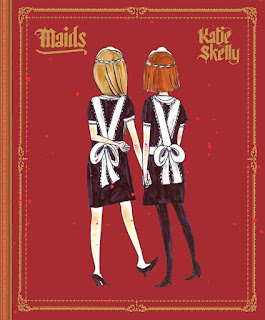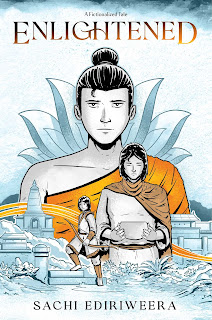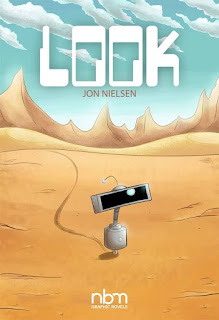In Waves by A.J. Dungo
A.J. Dungo obscures the central theme of his first graphic novel for a long time. The cover copy only hints at it. I have to assume that’s all on purpose. And, to be a fair reviewer, I feel like I should do the same.
But know that In Waves is a true story, that it’s about something major and important in Dungo’s life – I hate to say “that happened to him,” for reasons that would only be clear to people who’ve read the book – and that is related to but very distinct from what In Waves says it is about. I might say a little more, at the very end here, if I can do it without spoiling.
In Waves says it’s about surfing. And it is: it’s a four-hundred page graphic novel that largely traces the history of the sport, from pre-contact Hawaii through the greats of the early twentieth century. It’s informed and interesting, a cultural history rather than the story of a sport’s winners and rules and contests. But that’s just one-half of the book; as the minimal back-cover copy puts it, the other half of In Waves consists of Dungo’s “personal narrative of love, loss, and the solace of surfing.”
Dungo came late to surfing, personally, despite – as far as I can see – growing up in Sothern California, somewhere near the beach. His girlfriend, Kristen, loved to surf, as did many other members of her family, so that’s how Dungo got into it. That half of the book is the personal part, the part I’m going to avoid talking in detail about. It is a narrative of loss, in the end – Dungo constructs the story so the loss happens about mid-way through the book, but it’s clear from early on that this will not be an entirely happy story.
Dungo tells those two stories on crisp light pages – the present-day storyline in a green-blue, a couple of shades lighter than the cover, and the past in a similarly light amber. He gives them both lots of pages, plenty of room to tell the story, to have small moments in both timeframes. The modern story is more personal, more immediate than the historical one, as of course it has to be. The historical story is mostly background or explanation: what this all means, the deeper history or significance, and maybe what Dungo researched and learned about to process that loss. But the core of In Waves is his story, as it should be.
Reposted from The Antick Musings of G.B.H. Hornswoggler, Gent.





















